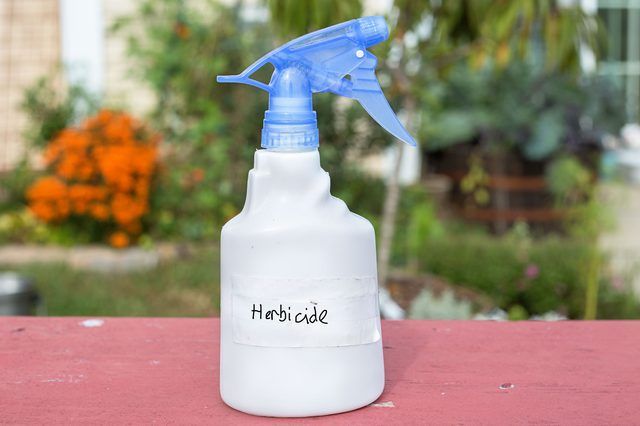Bulbs
Flower Basics
Flower Beds & Specialty Gardens
Flower Garden
Garden Furniture
Garden Gnomes
Garden Seeds
Garden Sheds
Garden Statues
Garden Tools & Supplies
Gardening Basics
Green & Organic
Groundcovers & Vines
Growing Annuals
Growing Basil
Growing Beans
Growing Berries
Growing Blueberries
Growing Cactus
Growing Corn
Growing Cotton
Growing Edibles
Growing Flowers
Growing Garlic
Growing Grapes
Growing Grass
Growing Herbs
Growing Jasmine
Growing Mint
Growing Mushrooms
Orchids
Growing Peanuts
Growing Perennials
Growing Plants
Growing Rosemary
Growing Roses
Growing Strawberries
Growing Sunflowers
Growing Thyme
Growing Tomatoes
Growing Tulips
Growing Vegetables
Herb Basics
Herb Garden
Indoor Growing
Landscaping Basics
Landscaping Patios
Landscaping Plants
Landscaping Shrubs
Landscaping Trees
Landscaping Walks & Pathways
Lawn Basics
Lawn Maintenance
Lawn Mowers
Lawn Ornaments
Lawn Planting
Lawn Tools
Outdoor Growing
Overall Landscape Planning
Pests, Weeds & Problems
Plant Basics
Rock Garden
Rose Garden
Shrubs
Soil
Specialty Gardens
Trees
Vegetable Garden
Yard Maintenance
How to Kill Chickweed
How to Kill Chickweed. Chickweed is a name that applies to several annoying annual garden weeds including common chickweed (Stellaria media), sticky chickweed (Cerastium glomeratum) and mouse-ear chickweed (Cerastium fontanum ssp. vulgare). Common chickweed invades lawns, flower beds and vegetable patches, out-competing weaker plants by forming a...
Chickweed is a name that applies to several annoying annual garden weeds including common chickweed (Stellaria media), sticky chickweed (Cerastium glomeratum) and mouse-ear chickweed (Cerastium fontanum ssp. vulgare). Common chickweed invades lawns, flower beds and vegetable patches, out-competing weaker plants by forming a dense mat of stems in its favored cool, moist conditions. Spreading mainly by seeds but also rooting from stems, common chickweed thrives in disturbed soil and often fades away in long-term perennial plantings.
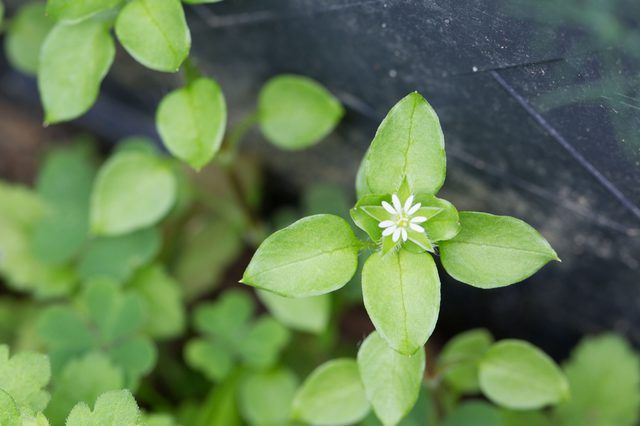
Maintaining a healthy, vigorous lawn is the best method for controlling chickweed in turf grass. Over-fertilizing with nitrogen fertilizers and watering lightly and frequently encourages chickweed infestations. To control a few scattered chickweed plants, crush them by treading on them, and sprinkle 1 teaspoon of lawn fertilizer on each plant. The nitrogen in the fertilizer burns the chickweed but the grass eventually recovers. To control a serious infestation, spray a lawn herbicide for broad-leaf weeds, such as a ready-to-use 7.59 percent 2,4-D, 1.83 percent mecoprop and 0.84 percent dicamba product. Water dry lawns 24 hours before applying the product, and spray it evenly across the lawn.
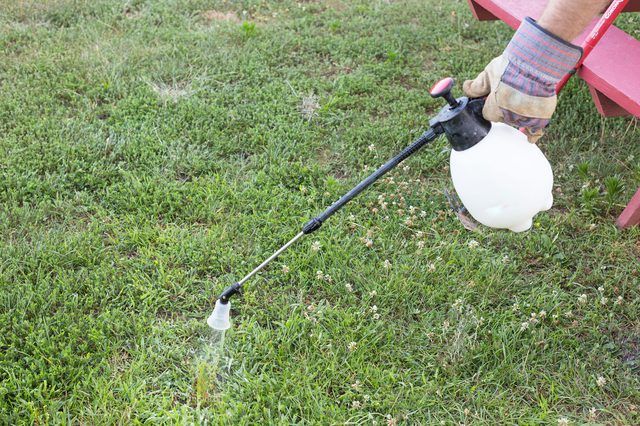
Intensive hand weeding and a layer of organic mulch help control chickweed in garden borders. Chickweed produces 600 to 15,000 seeds per plant and seeds persist in the soil for seven to eight years, so pull up plants before they flower and remove them from the site because chickweed re-roots from pieces of stem. Check the site weekly during cool, moist seasons when chickweed seeds sprout. A 2-inch layer of organic mulch also provides control by shading out sprouting seeds and providing a physical barrier. Hand weed the border and spread wood chips, shredded bark, garden compost or another mulch over the bare soil, avoiding plant stems.
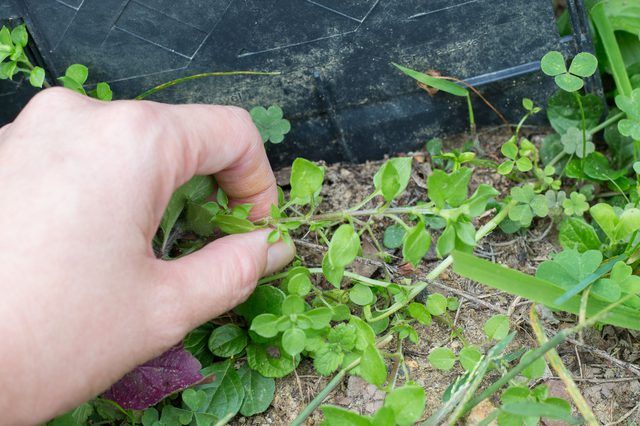
Soil solarization controls chickweed plants and seeds in vegetable patches. Chickweed competes with vegetables for light, water and nutrients, but infestations can be controlled between crops. Remove surface rocks and rake the vegetable bed until it's even, during the hottest time of the year. Irrigate the patch until the soil is moist to 12 inches deep, and dig a narrow trench 4 to 6 inches deep around the edge. Place the edge of a sheet of transparent plastic 1 to 4 millimeters thick in the trench and cover it with soil. Spread the plastic over the bed and secure it in place by burying the other edges in the trench. Most chickweed plants and seeds die after four to six weeks of solarization.
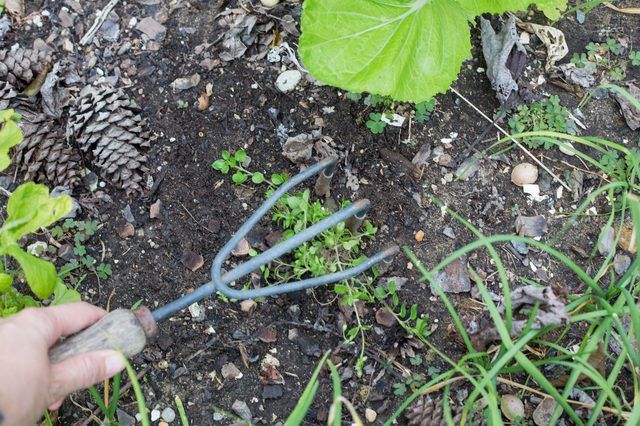
Widespread chickweed infestations can be controlled with herbicides. Put on long pants, a long-sleeved shirt and gloves, and apply a ready-to-use 2 percent glyphosate product, covering all plant parts, on a dry, still day when the chickweed is actively growing. Glyphosate kills most plants so take care not to spray it near desired plants. To prevent chickweed seeds from sprouting, apply a pre-emergent herbicide such as a 1.47 percent trifluralin product spread at a rate 1 ounce per 40 square feet of clay soil, 60 square feet of loam or 80 square feet of sandy soil. Sprinkle the granules evenly over the soil surface and rake them gently into the top 1 to 3 inches of soil, or apply according to the manufacturer's instructions. Pre-emergent herbicides prevent most seeds from sprouting, and disturbing the soil surface after application can reduce their effectiveness.
